PRODUCTS
CONTACT US
Ningbo Nide International Co., Ltd.
一一
· Contact person:Jack Zeng
· Mob/Whatspp/WeChat:0086-13738869026
· Email:emarketing@nide-group.com;marketing4@nide-group.com
· Add:No. 169, Wohushan Road, Daqi Subdistrict, Beilun District, Ningbo, China

Nide team could manufacture ball bearing as per customer’s drawing and samples.
If customer only has samples, we could also design drawing fo r our customer.
We also provide customized service.
Our ball bearing is widely applied the different industrials.
Established in 2010, Ningbo Haishu Nide International Co., Ltd is a company devoted in the field of electric motors manufacturing, providing one-stop service for its customers. Nide has three main business divisions. The first division is to provide different kinds of motor manufacturing machinery, including stand along machine, fully-auto complete line for armature and stator production, and the motor assembly line. The second division is to supply the full range of fan,insulation paper,ball bearing,magnet,commutator,carbon brush,thermal protector,etc. The third division is to provide technical support and consulting, project support and turn-key service for some motor manufacturing.
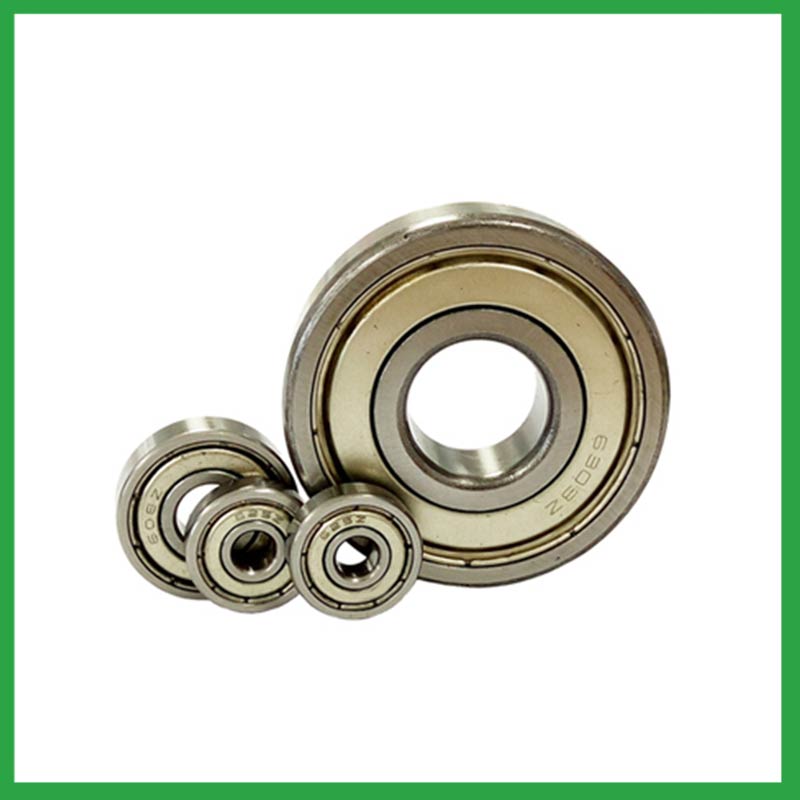
| Parameter | Information |
| Product Name | 6mm ball bearing |
| Place of Origin | Ningbo,Zhejiang |
| Brand Name | Nide |
| Material | ceramics, etc. |
| Type | Ball |
| Warranty | 3months-1year |
| Port | Ningbo/Shanghai |
| Application | small rotary motors,aviation engines, etc. |
| Size(mm) | customize |
| Color | gray+customized |
| Precision Rating | as per customer's requirement |
| Certification | ISO 9001 Certification,ISO9001:2015 certificate,CE-stator coil lacing machine,etc |
| Feature | High speed,Strong carrying capacity...etc |
| Packaging Details | Suitable for sea transportation |
| Service | one-stop service |
| Model Number | ball bearing |
| Supply Ability | 100000-500000 Piece/Pieces per Month |
| Lead time (days) | 15-20 (To be negotiated) |
Please note: The above table data is for reference only. For specific information, please contact us.
6mm ball bearing have the advantages of compactness,durability,low friction coefficient,high efficiency, and high load, and are used in main motion mechanisms and components, such as resistors,transmission shafts,motors, different motion mechanisms and accessories of airplanes and motorcycles.
During the disassembly process, the outer shell should be kept intact to avoid unnecessary damage;
When replacing installation components, attention should be paid to the accuracy of the support components to prevent deformation;
During the disassembly process, attention should be paid to protecting the surface quality of the ball bearing to ensure its performance;
During the operation, attention should be paid to removing surface dust to ensure the quality of the ball bearing.
Ball bearings have many advantages, making them highly competitive in the market.
Firstly, they are very durable and have good wear performance, making their service life longer than many other types of bearings.
Secondly, they are easy to install and can provide low friction performance in various applications.
Thirdly, they require a relatively low level of maintenance, making them cost-effective.
In addition, compared to many other types of bearings, their purchase cost is relatively low, making them an economical choice.




6mm ball bearing---FAQs Guide
2.What is the role of 6mm ball bearing in reducing friction and energy loss in rotating machinery?
3.How do 6mm ball bearing handle radial loads, axial loads, and combined loads, and what are their load-carrying capacities?
4.Do 6mm ball bearing come in various tolerance classes?
5.What are the 6mm ball bearing product skill training options?
6.Can 6mm ball bearing be used in both vertical and horizontal orientations?
7.Can 6mm ball bearing operate in high-temperature environments like industrial ovens or furnaces, and how are they protected from heat-related damage?
8.What is the production capacity of the factory for 6mm ball bearing?
9.Are there 6mm ball bearing designed for extreme temperature environments, such as cryogenic or furnace applications?
10.What is the load distribution within a 6mm ball bearing, and how does it vary between different bearing configurations?
11.How do 6mm ball bearing provide smooth and controlled motion in various mechanical systems, such as conveyor belts or automobiles?
12.Can 6mm ball bearing handle shock loads and high-impact conditions in heavy machinery?
13.Can 6mm ball bearing operate in high-speed applications, and what design features make them suitable for such conditions?
14.Are there miniature 6mm ball bearing designed for use in precision instruments and small-scale mechanisms?
15.What are the considerations for choosing between open, shielded, or sealed 6mm ball bearing in specific applications?
16.How do sealed 6mm ball bearing prevent the ingress of contaminants and extend the bearing's service life?
1.About 6mm ball bearing,What about the lead time?
3-7 days for samples, 3-4 weeks for mass production.
2.What is the role of 6mm ball bearing in reducing friction and energy loss in rotating machinery?
6mm ball bearing reduce friction by using smooth balls lubricated with oil or grease that freely roll between a smooth inner and outer surface. The main concept of the ball bearing is that objects that roll past each other produce less friction than if the objects were sliding against each other.
3.How do 6mm ball bearing handle radial loads, axial loads, and combined loads, and what are their load-carrying capacities?
The type of bearing used also varies between these loads. While deep-groove 6mm ball bearing are better equipped to handle radial loads, thrust ball bearings are designed for axial loads. However, it's essential to note that most bearings, such as angular contact ball bearings, can handle both radial and axial loads.The Bearing Static Capacity, Co, is the maximum load that can safely be applied to a non-rotating bearing that will not cause subsequent bearing operation to be impaired. It is based on calculated contact stress at the center of the most heavily loaded rolling element where it contacts the Inner Race.
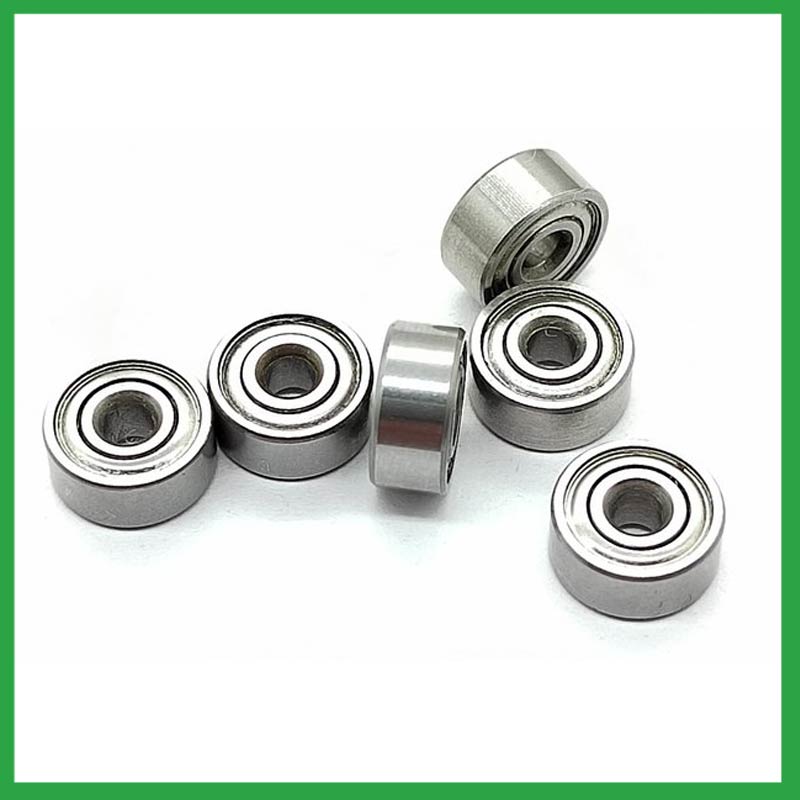
4.Do 6mm ball bearing come in various tolerance classes?
Bearing tolerances are standardized by classifying bearings into the following six classes (accuracy in tolerances becomes higher in the order described): 0, 6X, 6, 5, 4 and 2.
5.What are the 6mm ball bearing product skill training options?
Quality comes from being controlled rather than be done. On the basis of the escalating production equipment and optimized process, Nide spare no efforts and keeps improving for quality control. Quality assurance covered with system, technology and human resources are in full swing.
6.Can 6mm ball bearing be used in both vertical and horizontal orientations?
Sleeve Bearings: Sleeve bearings, also known as plain bearings, employ a simple yet effective mechanism. A cylindrical sleeve separates the rotating shaft from the stationary portion of the bearing, reducing friction and enabling smooth rotation. Sleeve bearings are characterized by their quiet operation, cost-effectiveness, and suitability for horizontal mounting orientations.
Ball Bearings: Ball bearings introduce small metal balls between the moving parts, providing enhanced durability and reduced friction. This design allows for smoother and more efficient rotation, making ball bearings well-suited for high-performance applications and vertical installations.
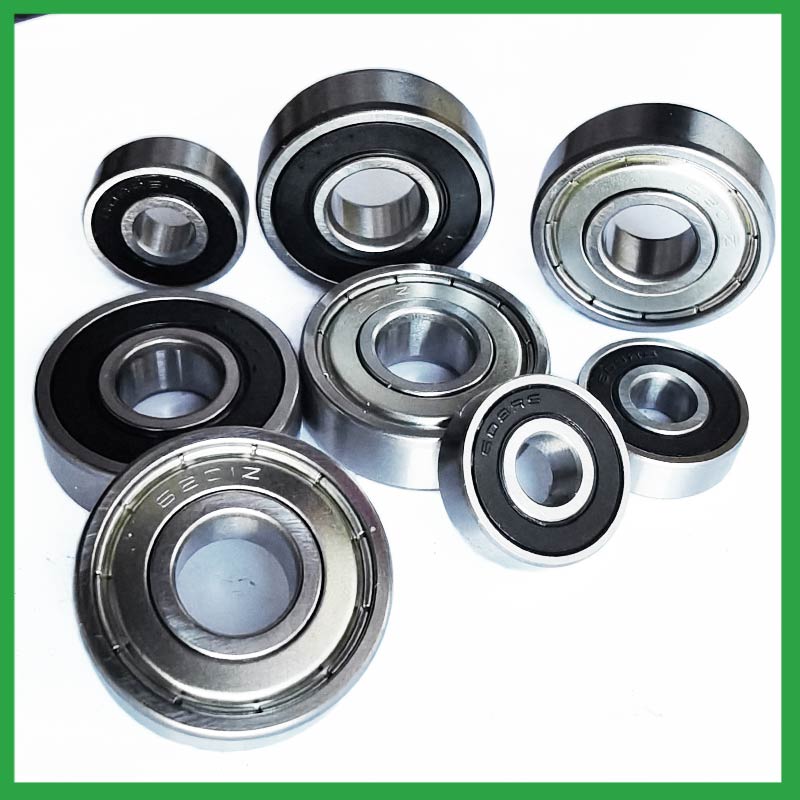
7.Can 6mm ball bearing operate in high-temperature environments like industrial ovens or furnaces, and how are they protected from heat-related damage?
6mm ball bearing are capable of working at temperatures up to +842°F (+450 °C). Special lubricants, seals and coatings make this possible by protecting the ball bearings from heat damage.
8.What is the production capacity of the factory for 6mm ball bearing?
The production capacity of Ningbo Haishu Nide International is:50000000pcs/month
9.Are there 6mm ball bearing designed for extreme temperature environments, such as cryogenic or furnace applications?
High temperature 6mm ball bearing use specialized lubricants to stand up to high temperatures. Grease-packed bearings are pre-filled with fluorine grease for high temperatures, while YS and SJ bearings use molybdenum disulfide (MoS2) solid lubricant to withstand temperatures up to 350°C and 400°C respectively.
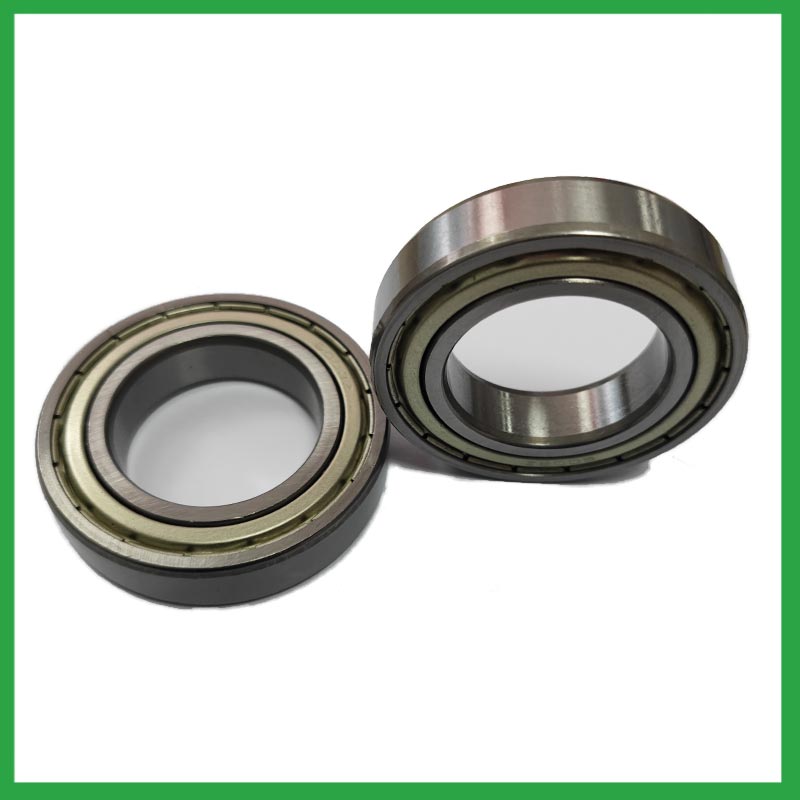
10.What is the load distribution within a 6mm ball bearing, and how does it vary between different bearing configurations?
The load distribution between the rolling elements and raceway is crucial in performance evaluation of rolling element bearings. Determine the load distribution by measuring the strain response at the bearing surface with a notched housing. Finite element analysis shows that the introduction of notches does not affect the load distribution. An experimental system was developed to investigate the load distribution in a cylindrical roller bearing. The experimental static load distribution agrees well with the theoretical calculation. The dynamic load at specific position of load zone reflects the manufacture difference among rollers and dynamic balance of distributing loads.
11.How do 6mm ball bearing provide smooth and controlled motion in various mechanical systems, such as conveyor belts or automobiles?
In essence, 6mm ball bearing operate on the principle that it's far more efficient to roll over surfaces than to slide, thereby significantly reducing friction and facilitating smooth movement of machinery parts.
12.Can 6mm ball bearing handle shock loads and high-impact conditions in heavy machinery?
As a general rule, 6mm ball bearing are used at higher speeds and lighter loads than are roller bearings. Roller bearings perform better under shock and impact loading. Ball bearings tolerate misalignment better than roller bearings do. Roller bearings can handle heavy combined radial and thrust loads.
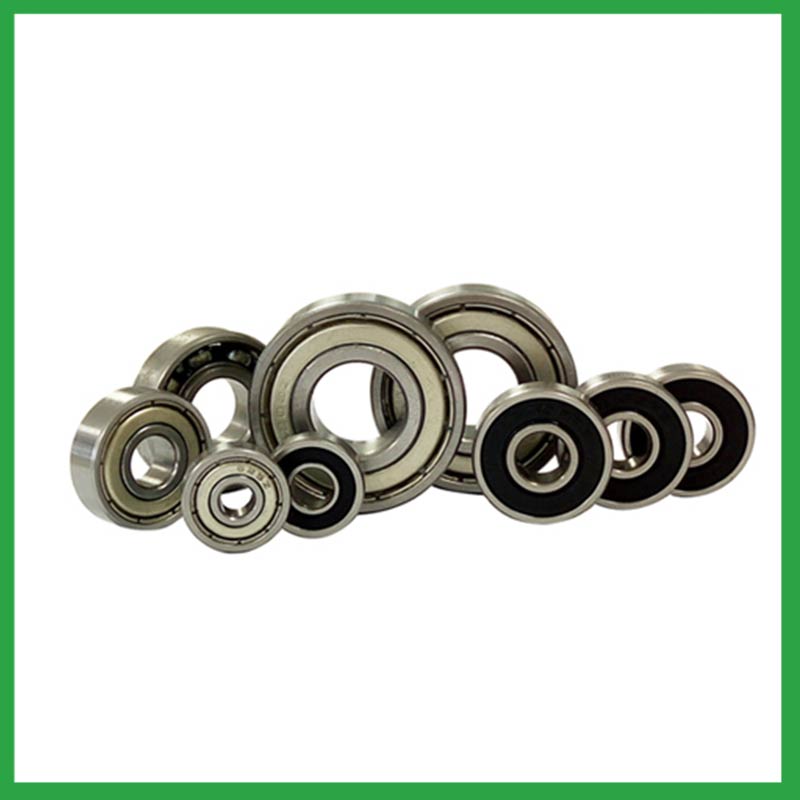
13.Can 6mm ball bearing operate in high-speed applications, and what design features make them suitable for such conditions?
They have very low rolling friction and are optimized for low noise and low vibration. This makes them ideal for high-speed applications. 6mm ball bearing are comparatively easy to install and require minimal maintenance.
14.Are there miniature 6mm ball bearing designed for use in precision instruments and small-scale mechanisms?
Miniature bearings, despite their small size, play a significant role in various industries and applications. These compact powerhouses, typically measuring less than one inch in outer diameter, offer exceptional precision, durability, and reliability. Miniature bearings find extensive use in precision instruments and robotics.
15.What are the considerations for choosing between open, shielded, or sealed 6mm ball bearing in specific applications?
While sealed bearings offer superior protection and maintenance advantages, shielded 6mm ball bearing can be more suitable in situations where minimal friction and operating temperature are crucial. It's essential to assess the operational environment and demands before making a selection.
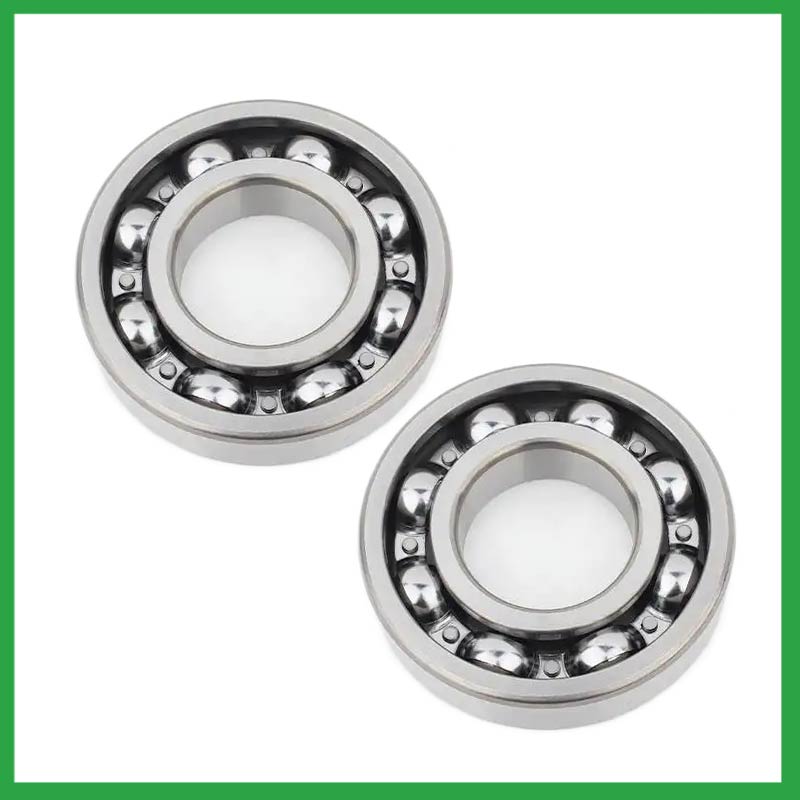
16.How do sealed 6mm ball bearing prevent the ingress of contaminants and extend the bearing's service life?
Contact seals are a type of seal where the sealing lip physically touches the inner raceway of the 6mm ball bearing. They create a narrow line or zone of contact that forms a barrier to prevent the escape of lubricants and the ingress of contaminants. Because the seal keeps dirt and other contaminants out, it can offer a longer operating life of the bearing or prevent premature bearing failure. Sealed bearings can be considered lubricated for life, which eliminates the need for a relubrication process.

